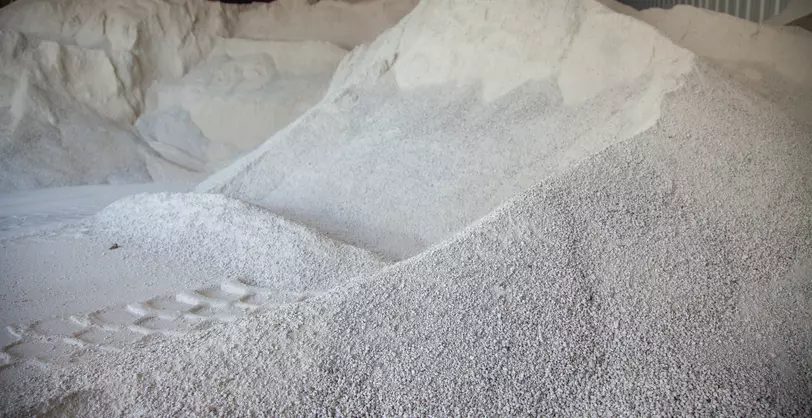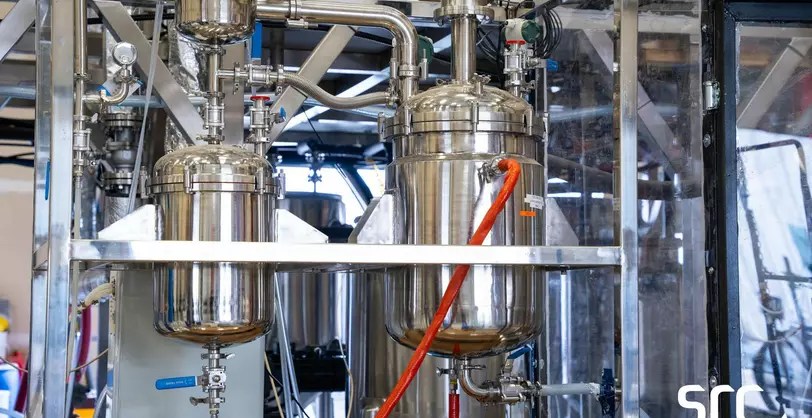Low-carbon transport infrastructure

To reduce greenhouse gas emissions, as well as the risks and nuisances associated with road transport, Imerys has chosen to implement low-carbon methods of transport. After mixing in water, the lithiniferous mica and feldspar concentrates would be transported by pipeline to a train loading platform.
The route envisaged (below) for the pipelines linking the concentration plant to the loading platform would follow the existing departmental roads (D987, D118, D183) and local roads or rural tracks downhill (with an approximate difference in height of 470 meters). Three parallel pipelines, buried about one meter underground, would be laid: the first for the lithiniferous mica concentrate, the second for the feldspar concentrate, and the third for the water that would return to the concentration plant.
The loading platform has a dual function as a storage site and a loading area. As the frequency of trains depends on SNCF Réseau allocation, it will be necessary to provide space to store products while they are waiting to be loaded. The lithiniferous mica can be transported by train to the conversion plant and the feldspar, to customers.
Of the sites studied, La Fontchambert best meets the technical requirements and is the most favorable solution in terms of environmental integration.
Discover the future rail loading platform in 3D!




